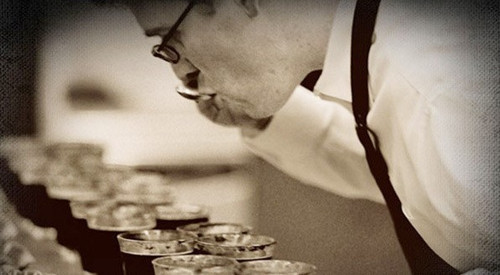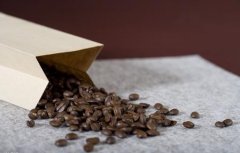Learn about the earliest cocoa drinks

Drinks made from cocoa trees (Theobroma) were widely used in the Aztecs and various social and religious rituals of their contemporaries, and cocoa became one of the most precious commodities in Central America in the 16th century. The unique way of making cocoa in Central America includes fermentation, drying, selective baking, crushing and mixing with water to form a bitter suspension, which has spawned the modern chocolate industry because of the love of the drink by intrusive Europeans.
Researchers from Cornell University and the University of California, Berkeley, using chemical analysis of residues from pottery excavated in the Puerto Escondido region of Porto Ascontido (present-day Honduras), show that the earliest cocoa beverages originated in 1000 BC, advancing the determined date of cocoa use by at least 500 years. They collect residues absorbed in pottery fragments by boiling and heating fragments in distilled water, methane / methanol, or chloroform / methanol. Then liquid chromatography-mass spectrometry and gas chromatography-mass spectrometry were used to analyze the residual substances. Through the detection of samples extracted from artifacts, 11 samples showed cocoa positive or boundary positive (borderline positive). Liquid chromatography-mass spectrometry found that antiquities contain theobromine (3-dimethylxanthine), a compound unique to Central American cocoa trees, so it is used as a marker for natural products of ancient utensils. Two other samples were found to have theobromine boundary positive by gas chromatography-mass spectrometry.
Important Notice :
前街咖啡 FrontStreet Coffee has moved to new addredd:
FrontStreet Coffee Address: 315,Donghua East Road,GuangZhou
Tel:020 38364473
- Prev

Long Coffee fragrance Coffee Culture of Austria
Europeans drink coffee, but they know when the habit began, only in Austria. Legend has it that when the Turkish army who invaded Austria was defeated and retreated, it dropped two bags of coffee and the Viennese tasted it. It tasted good, so coffee became popular in Austria. It is said that this happened in 1687. Over the past three hundred years, Austrians have not only had three meals a day, but also had a cup of coffee after meals.
- Next

The first coffee shops in the world.
----Central Asia---------------- Although originally intended for religious purposes, these places soon became centres for chess, small talk, singing, dancing and music. From Mecca, cafes spread throughout Asia.
Related
- How did the Salvadoran coffee industry develop in Central America?
- What exactly does the golden cup extraction of coffee mean?
- The Origin of Coffee flower
- [2023 Starbucks World Earth Day] there are more meaningful things besides free Starbucks coffee!
- What kind of coffee is there in Spain? 9 Flavors of Spanish Coffee
- Aromatic African coffee| Kenya's coffee culture and historical production area
- Liberica Coffee Bean knowledge: the characteristics of Liberian Coffee beans of the three original species of Coffee beans
- The origin and formula of Spanish latte introduces the taste characteristics of Bombon coffee in Valencia, Spain.
- How to adjust the solution of over-extracted coffee
- What is the tasting period of coffee beans? What is the period of coffee and beans? How should coffee wake up and raise beans?

